You’ll want to focus on accuracy when selecting a sleep tracking band, as most consumer devices achieve only 65-75% accuracy for sleep stage classification compared to medical-grade polysomnography. The Oura Ring leads with the highest accuracy rating, while Whoop 4.0 offers expert-recommended analysis and Samsung Galaxy Ring provides AI-powered insights. Consider comfort, battery life, and data quality since you’ll wear it nightly. Entry-level options start around $80, and understanding each device’s specific strengths will help you make the best choice.
How Sleep Tracking Accuracy Is Measured and Validated
When you’re evaluating sleep tracking bands, understanding how manufacturers measure and validate their accuracy claims becomes essential for making informed decisions.
The gold standard for validation is polysomnography (PSG), where researchers compare your device’s data directly against professional sleep lab measurements in within-subject studies.
Polysomnography remains the gold standard for validating sleep tracker accuracy through direct comparison with professional lab measurements.
You’ll find that most consumer devices achieve 65-75% accuracy for sleep stage classification and 90% for basic sleep/wake detection.
However, these numbers vary considerably based on sensor types, algorithms, and evaluation methods used.
Third-party validation studies provide the most reliable assessments, as they eliminate manufacturer bias.
Look for devices validated through consensus-scored PSG records and standardized evaluation criteria, as these guarantee comparable results across different brands and models. Recent research suggests that commercial sleep trackers may perform as well as clinical actigraphy devices traditionally used by healthcare professionals.
Sleep Detection Performance: Understanding Sensitivity Vs Specificity
How accurately does your sleep tracker distinguish between when you’re actually asleep versus awake? This depends on two key metrics: sensitivity and specificity.
Sensitivity measures how well your device detects actual sleep periods, with most consumer trackers achieving 88-99% accuracy. However, high sensitivity often means your tracker misses when you’re awake, inflating your total sleep time.
Specificity reflects your device’s ability to correctly identify wake periods, and here’s where most trackers struggle—often scoring only 18-54%.
Garmin devices maximize sensitivity but sacrifice wake detection, while Polar attempts better balance. Fitbit falls somewhere between, with widely varying performance.
This trade-off means you’ll likely see overestimated sleep duration and missed nighttime awakenings, affecting your sleep quality assessment. Performance across all brands typically drops significantly when monitoring individuals with sleep disorders compared to healthy sleepers.
Sleep Stage Classification Capabilities Across Different Devices
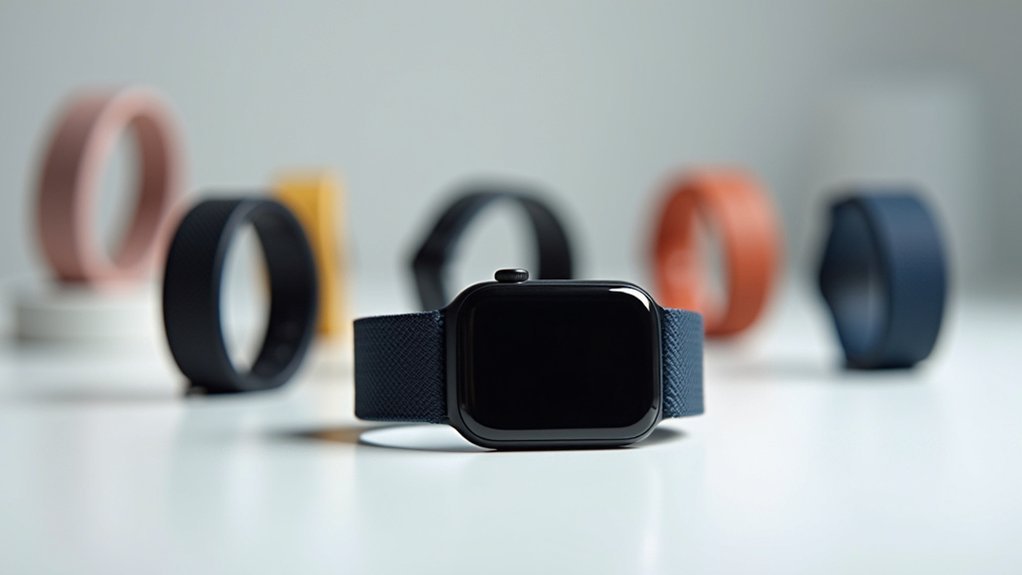
Beyond simply detecting sleep and wake periods, your tracker’s ability to identify specific sleep stages—light, deep, and REM—varies dramatically between devices.
The Oura Ring leads in four-stage classification accuracy with a Cohen’s kappa of 0.65, achieving 79.5% sensitivity for deep sleep detection and 68.6% for wake detection.
Fitbit Sense follows with improved performance at kappa 0.55, while Apple Watch scores 0.60 but tends to overestimate light sleep.
Amazon Halo Rise demonstrates moderate agreement as a nearable device.
SleepRoutine offers the highest macro F1 score at 0.6863 among wearable devices.
Most devices struggle with precise sleep stage shift timing due to epoch differences compared to polysomnography’s gold standard measurements. Research from the Division of Sleep and Circadian Disorders emphasizes the importance of device validation for health monitoring applications.
Top Sleep Tracking Bands and Their Unique Features
Five standout sleep tracking devices dominate today’s market, each offering distinct advantages for different user preferences and sleep monitoring needs.
The Whoop 4.0 Band leads with expert-recommended sleep analysis through its screenless, minimalist design that won’t disturb your rest. You’ll receive personalized recovery insights and actionable recommendations via its companion app.
The Whoop 4.0’s screenless design prioritizes uninterrupted sleep while delivering expert-level analysis and personalized recovery guidance through its intuitive app.
For discreet comfort, you can choose between the Oura Ring 4’s lightweight design with multi-day battery life or Samsung Galaxy Ring’s AI-powered health tracking that integrates seamlessly with Samsung devices.
If you prefer advanced technology, the Bia Smart Sleep Mask uses brain-monitoring fNIRS technology while blocking light and providing sunrise simulation.
The Muse S Headband offers thorough sleep metrics with guided meditation features, though both require higher investment and specific wearing preferences. These wearable trackers generally provide more accurate results than non-wearable options due to better skin contact for monitoring vital signs.
Essential Factors to Consider When Choosing Your Sleep Tracker
With countless sleep trackers flooding the market, choosing the right device requires careful evaluation of several critical factors that’ll directly impact your sleep monitoring experience.
Accuracy should be your primary concern. Most devices overestimate sleep time and struggle with wakefulness detection, though no wearable matches laboratory polysomnography’s precision. Tracker accuracy depends on sensor sophistication and proprietary algorithms.
Comfort determines long-term compliance. Consider materials, weight, and placement options—wrist, finger, or bedside models cater to different preferences and sensitivities.
Battery life affects daily usability. Most wearables need charging every few days, while non-wearable options last longer.
Data analytics vary considerably between manufacturers. Look for personalized feedback, sleep coaching, and actionable insights rather than basic charts.
Cost ranges from free apps to premium wearables, with entry-level devices starting around $80. Tech compatibility with your existing devices and apps is essential for seamless integration and optimal functionality.
Frequently Asked Questions
How Long Do Sleep Tracking Bands Typically Last Before Needing Replacement?
You’ll typically need to replace your sleep tracking band after 1.5 to 2 years. Battery degradation and mechanical wear are common failure points, though proper care can extend lifespan beyond average expectations.
Can Sleep Tracking Bands Interfere With Pacemakers or Other Medical Devices?
Yes, sleep tracking bands can interfere with pacemakers and ICDs due to embedded magnets and electromagnetic fields. You should maintain at least 6 inches distance and consult your physician before using any wearable device.
Do Sleep Tracking Bands Work Accurately for Shift Workers or Irregular Schedules?
Sleep tracking bands don’t work accurately for shift workers since they rely on preset schedules and struggle with irregular sleep times. You’ll need manual adjustments and should expect reduced accuracy in sleep stage detection.
Are Sleep Tracking Bands Waterproof Enough for Swimming and Showering?
Most sleep tracking bands with 5ATM ratings handle swimming and showering well. You’ll find Fitbit and Xiaomi models work great for pools. However, avoid hot water and soap, as they can damage seals over time.
Can Multiple People Share One Sleep Tracking Band or Account?
You shouldn’t share sleep tracking bands between multiple people because it creates inaccurate data mixing. Most devices and accounts are designed for individual use only, compromising personalized insights and long-term health trend monitoring.
In Summary
You’ve learned how accuracy gets measured, what sensitivity and specificity mean for your sleep data, and how different devices classify sleep stages. You’ve explored top-rated bands and their standout features, plus discovered the key factors that’ll guide your decision. Now you’re equipped to choose a sleep tracker that matches your specific needs, budget, and lifestyle. Don’t overthink it—pick one that you’ll actually wear consistently every night.

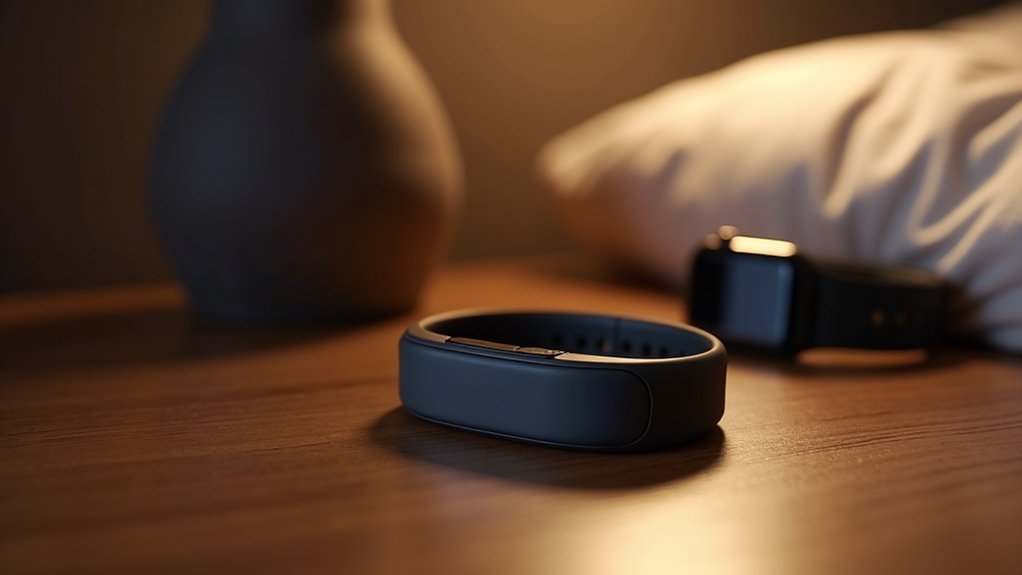
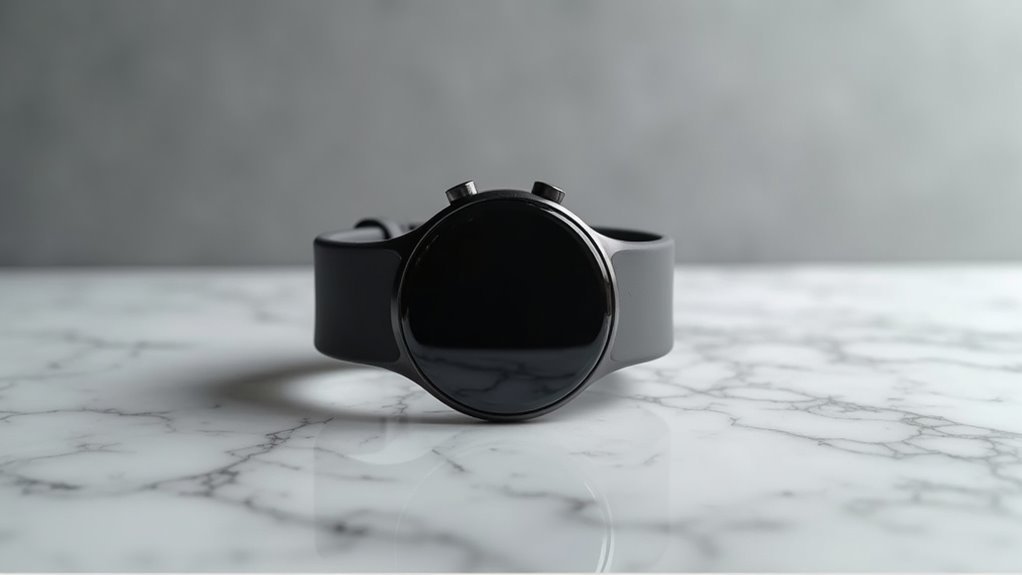
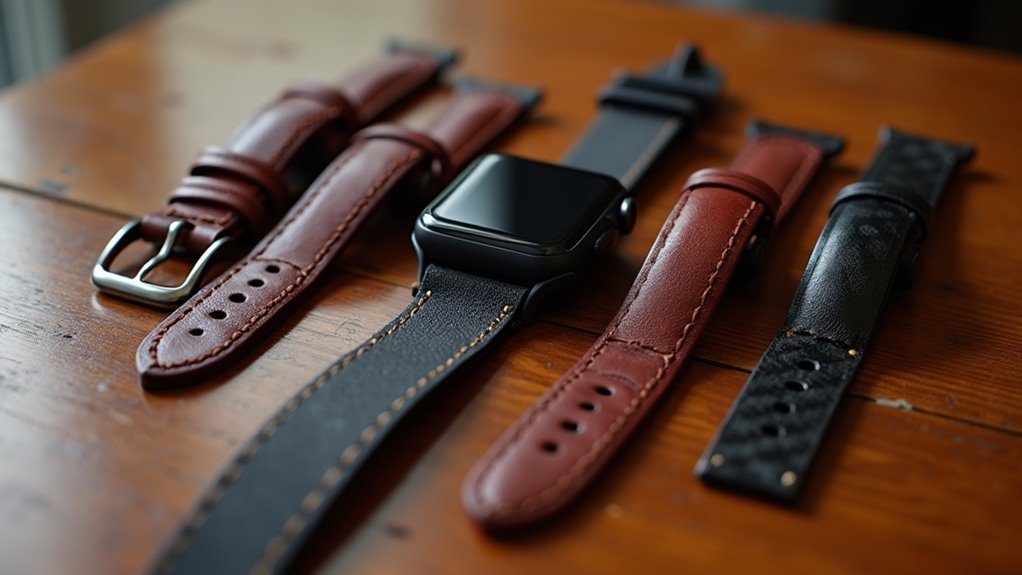
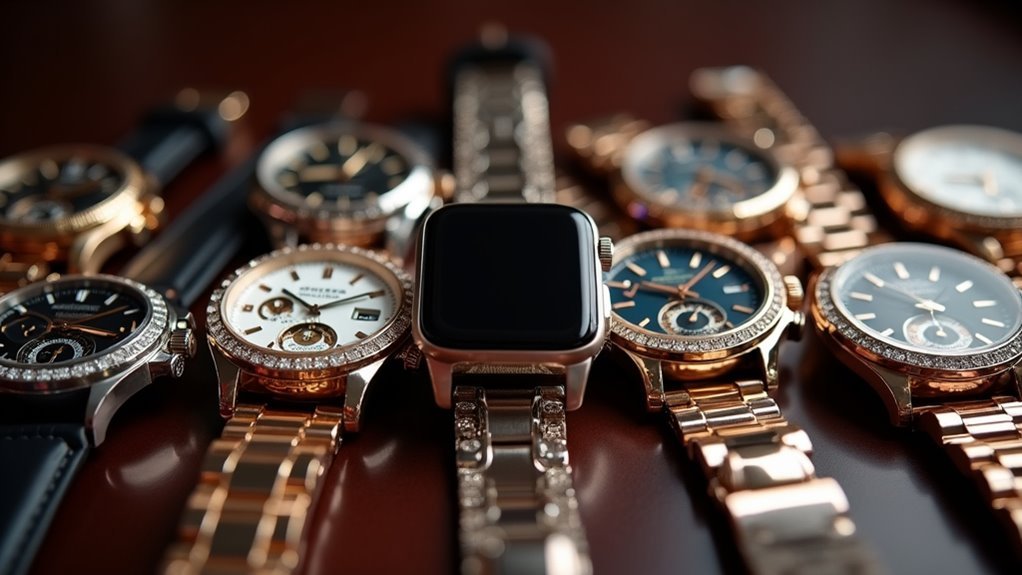
Leave a Reply